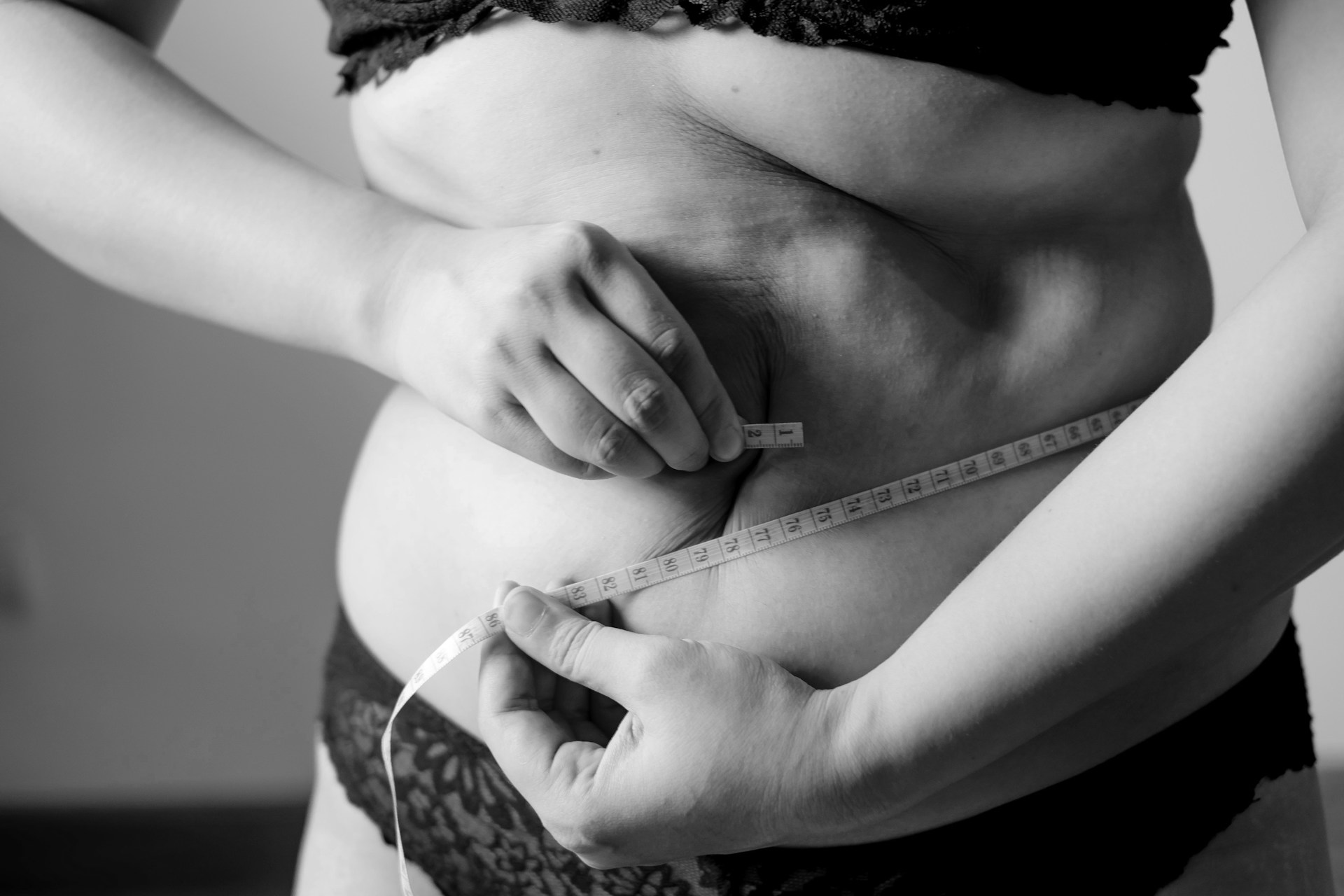Fat loss is one of the most misunderstood topics in health and fitness. With countless diets, trendy workouts, and conflicting advice, it’s easy to feel overwhelmed. Many people jump from one extreme to another—cutting out entire food groups, overloading on cardio, or trying unsustainable routines that lead to burnout.
But the truth is, fat loss doesn’t have to be complicated. You don’t need a restrictive diet, endless hours of cardio, or the latest fitness gimmick. Sustainable fat loss boils down to mastering a few key habits and sticking with them consistently.
Instead of chasing the latest trend, focus on these three non-negotiables—the foundation of effective and long-term fat loss.
1. Prioritize Protein in Every Meal
When people think about fat loss, they often focus on cutting calories. But what you eat is just as important as how much you eat. Protein is the single most important macronutrient for fat loss because it helps you lose fat while preserving muscle, keeping you strong and satisfied.
Why Protein is a Game-Changer for Fat Loss:
✅ Keeps You Full & Reduces Cravings – Protein takes longer to digest than carbohydrates, which means it helps control hunger and prevents mindless snacking. Instead of feeling deprived, you’ll stay satisfied longer.
✅ Preserves Lean Muscle While Losing Fat – If you’re in a calorie deficit (eating fewer calories than you burn), your body might break down muscle for energy. Eating enough protein helps protect your muscle tissue, ensuring that the weight you lose comes from fat, not muscle.
✅ Increases Metabolism & Burns More Calories – Your body burns more calories digesting protein than it does digesting carbs or fats. This is known as the thermic effect of food (TEF), and it makes protein the most metabolism-friendly macronutrient.
How to Implement It: Aim for a palm-sized portion of protein in every meal. Great sources include eggs, lean meats, fish, tofu, Greek yogurt, and beans. Even if you’re on the go, protein shakes can be an easy way to meet your daily needs.
2. Strength Train 2–4 Times Per Week
Many people still believe that cardio is the best way to burn fat. While cardio has its place, strength training is far more effective for long-term fat loss and body composition.
Why Strength Training is a Non-Negotiable:
✅ Boosts Metabolism & Helps You Burn More Calories at Rest – Muscle is metabolically active, meaning the more muscle you have, the more calories your body burns—even when you’re not exercising. Strength training helps you build and maintain muscle, making fat loss easier.
✅ Improves Body Composition & Prevents the “Skinny Fat” Look – Losing weight without strength training can lead to a softer, undefined physique. Strength training helps you develop a lean, toned look by improving muscle definition and proportion.
✅ Strengthens Bones & Joints While Reducing Injury Risk – Lifting weights isn’t just for aesthetics. It helps increase bone density, strengthen tendons and ligaments, and improve joint stability, which is essential for long-term health and injury prevention—especially as you age.
How to Implement It: If you’re new to strength training, start with 2–3 sessions per week using compound movements like squats, deadlifts, push-ups, rows, and presses. These exercises work multiple muscle groups at once, maximizing efficiency. If you’re short on time, 30-minute full-body workouts are enough to see results.
3. Walk 10,000 Steps Daily
Most people associate fat loss with high-intensity cardio workouts, but one of the most underrated fat-loss tools is something incredibly simple: walking.
Why Daily Movement is Crucial:
✅ Burns Calories Without Stressing the Body – Unlike high-intensity exercise, walking is low impact, meaning it doesn’t overstress your nervous system or leave you feeling drained. This makes it an easy, sustainable way to increase calorie burn without the risk of overtraining.
✅ Supports Recovery & Reduces Soreness – Strength training breaks down muscle tissue, and walking helps promote blood circulation, which aids in recovery and reduces muscle soreness.
✅ Improves Overall Health & Reduces Stress – Walking isn’t just about burning calories—it’s great for mental health, too. Regular walking reduces stress hormones, improves mood, and boosts cardiovascular health.
How to Implement It: If hitting 10,000 steps per day seems overwhelming, start smaller. Even 7,000 steps a day can make a big difference. Break it up into smaller walks throughout the day—take the stairs, park farther away, or go for a short walk after meals. If you work from a desk, set a reminder to move every hour.
Fat Loss is Simple—But It Requires Consistency
Many people overcomplicate fat loss, chasing quick fixes and extreme solutions. But real, lasting results come from mastering the basics and being consistent.
✔ Eat enough protein to support muscle and keep hunger in check.
✔ Lift weights a few times a week to build strength and boost metabolism.
✔ Move more throughout the day to increase calorie burn and improve overall health.
These three habits might seem simple, but when done consistently, they deliver powerful results. You don’t need a perfect diet or an intense workout routine—you just need to commit to small, sustainable actions every day.
Fat loss isn’t about doing everything—it’s about doing the right things, consistently. Stick to these non-negotiables, trust the process, and watch the results follow.

